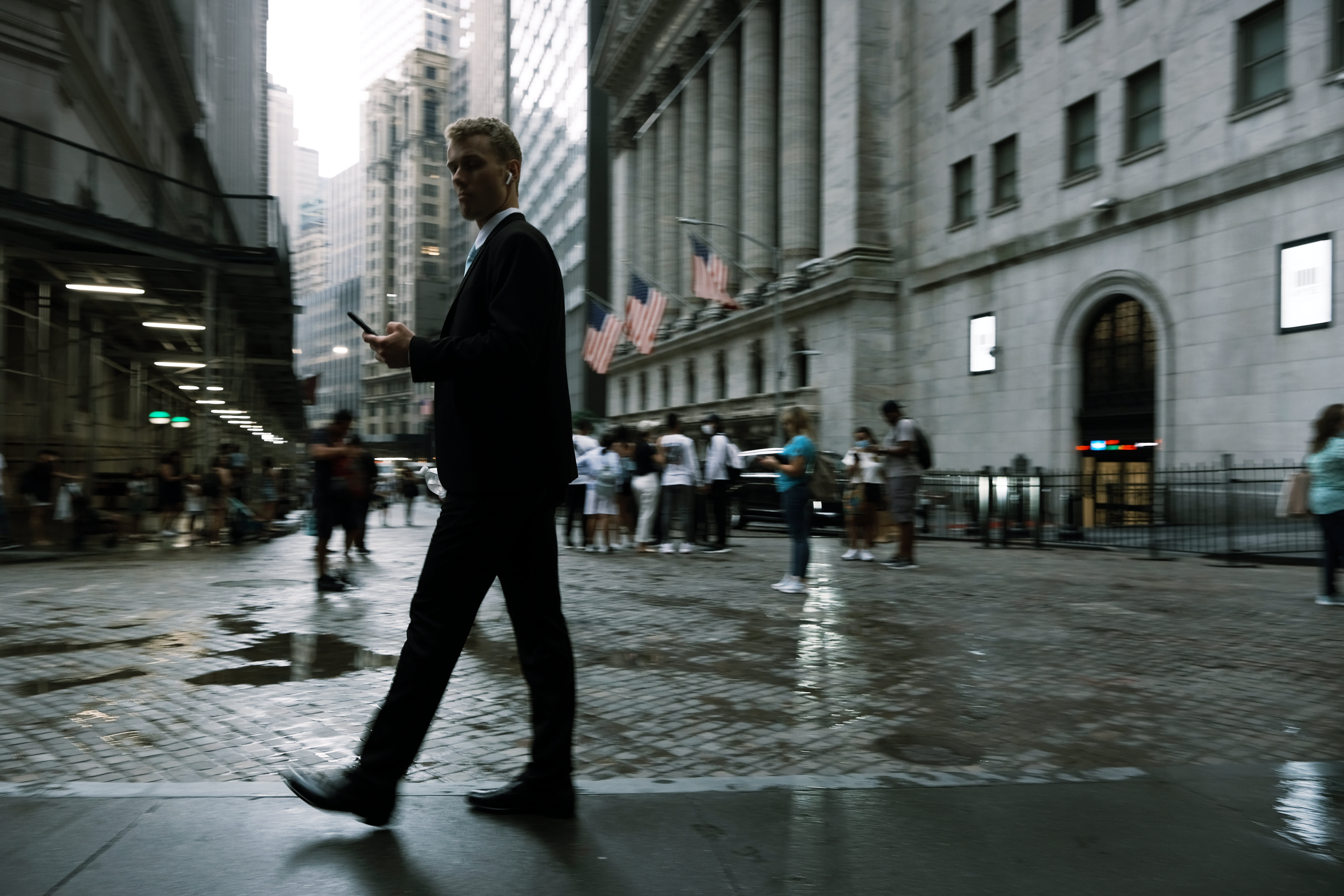Wall Street firms are playing catch up with employee compensation, boosting pay in the second year of a deal-making and trading boom.
That’s what Goldman Sachs CEO David Solomon conceded on Tuesday during a conference call with analysts to discuss the bank’s fourth-quarter results. At one point during trading, shares of the bank had fallen more than 8% after a jump in quarterly expenses took investors by surprise.
Analysts peppered Solomon and new CFO Denis Coleman with questions about the elevated expenses and their expectations for the future. The jump in compensation costs disclosed across Wall Street for 2021 may have surprised analysts because in the prior year, the first of the pandemic, banks showed restraint on compensation.
“There is real wage inflation everywhere in the economy, everywhere,” Solomon declared, when asked by Deutsche Bank analyst Matt O’Connor if the recent pay gains were “catch-up” raises.
“There were definitely places where I think with hindsight and with the constantly evolving environment of Covid and supply chain changes, the monetary and fiscal policy environment, what they did to savings rates, etc., there was real” pressure on wages, Solomon said.
Compensation costs at Goldman jumped 33% to $17.7 billion for 2021, a whopping $4.4 billion increase fueled mostly by pay increases for good performance, executives said. That made the average per employee compensation reach about $404,000 in 2021, up from $329,000 in 2020.
The pay increase at Goldman largely tracked the year-over-year increase in non-interest revenues, a 33% jump to $52.9 billion, driven by a massive 55% gain in investment banking revenue. The story was different in 2020, when revenues climbed 24% and compensation rose just 8%.
The average employee pay figure distorts the reality at Goldman, where top producers are paid multi-million dollar packages while most staffers earn considerably less. New hires are more likely to be made in lower-cost regions, the bank said. About 90% of workers added during the year were located outside of the financial capitals of New York, London and Hong Kong, the bank said.
Executives at JPMorgan Chase and Citigroup have made similar disclosures, saying that they were forced to pay up to retain valued employees. It makes sense that as inflation has hit nearly every type of good and service this year, it would eventually reach Wall Street personnel.
On Tuesday, Goldman’s CFO echoed those remarks, saying that the firm was “committed to rewarding top talent in a competitive labor environment.”
Management has the flexibility to quickly pivot and devote less capital to trading and lending should market conditions warrant it, the Goldman executives said.
“We’re not wrapped up in the quarter,” Solomon said. “We’re focused on our one, two, and three-year vision of how we can continue to drive the firm forward.”
Goldman employees will be told about their 2021 pay packages starting Wednesday this week, according to people with knowledge of the schedule.
This story is developing. Please check back for updates.
